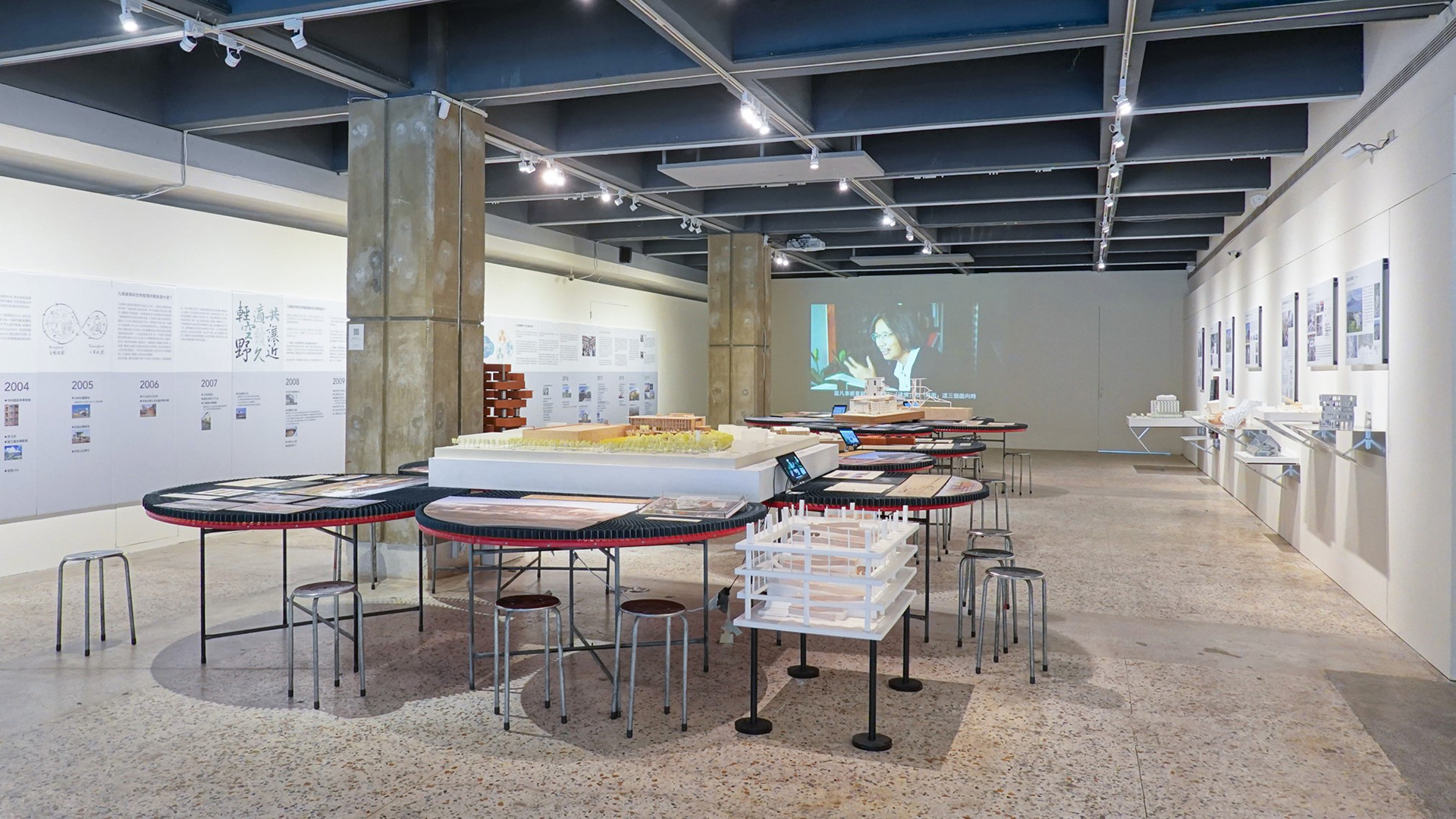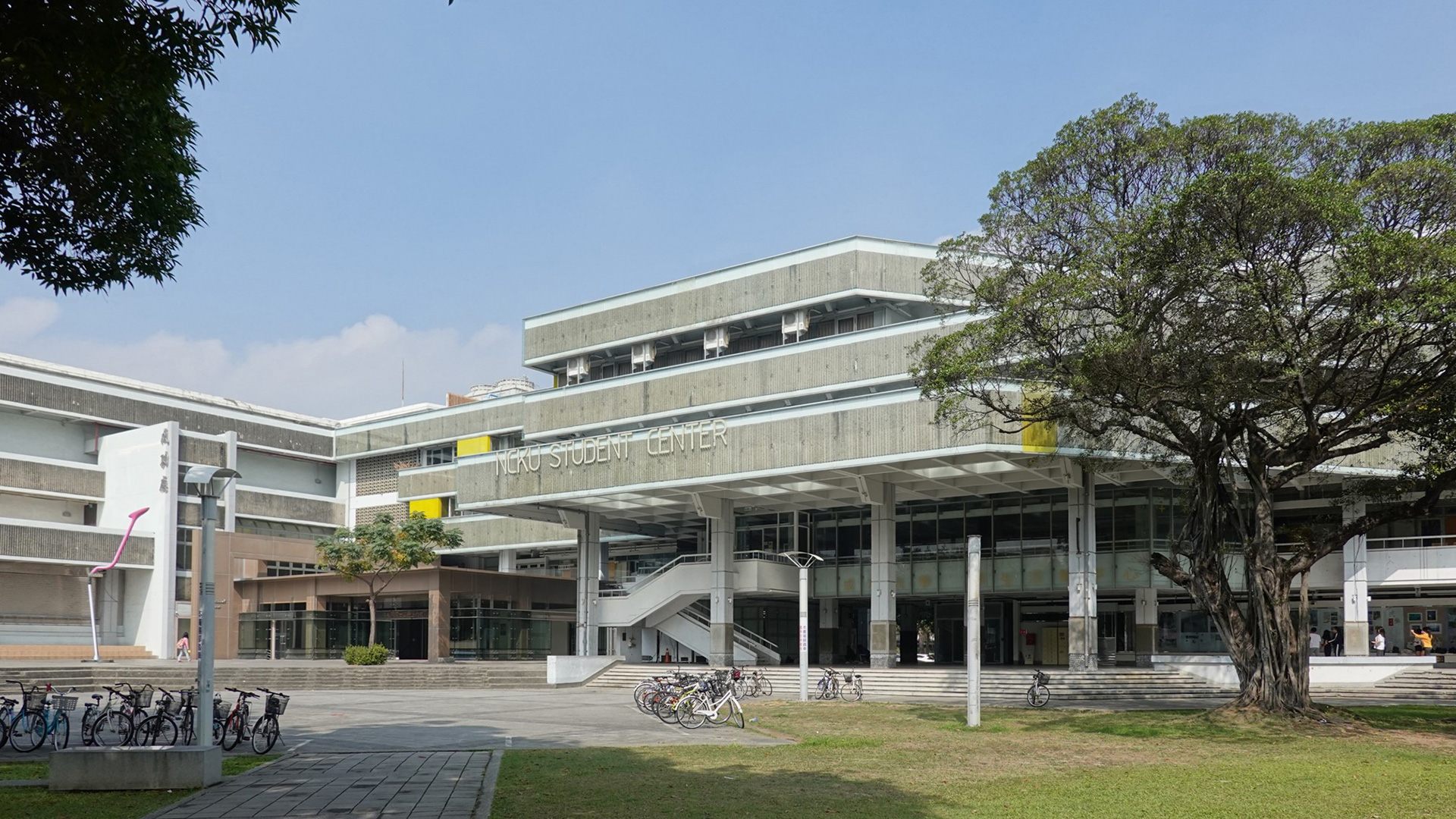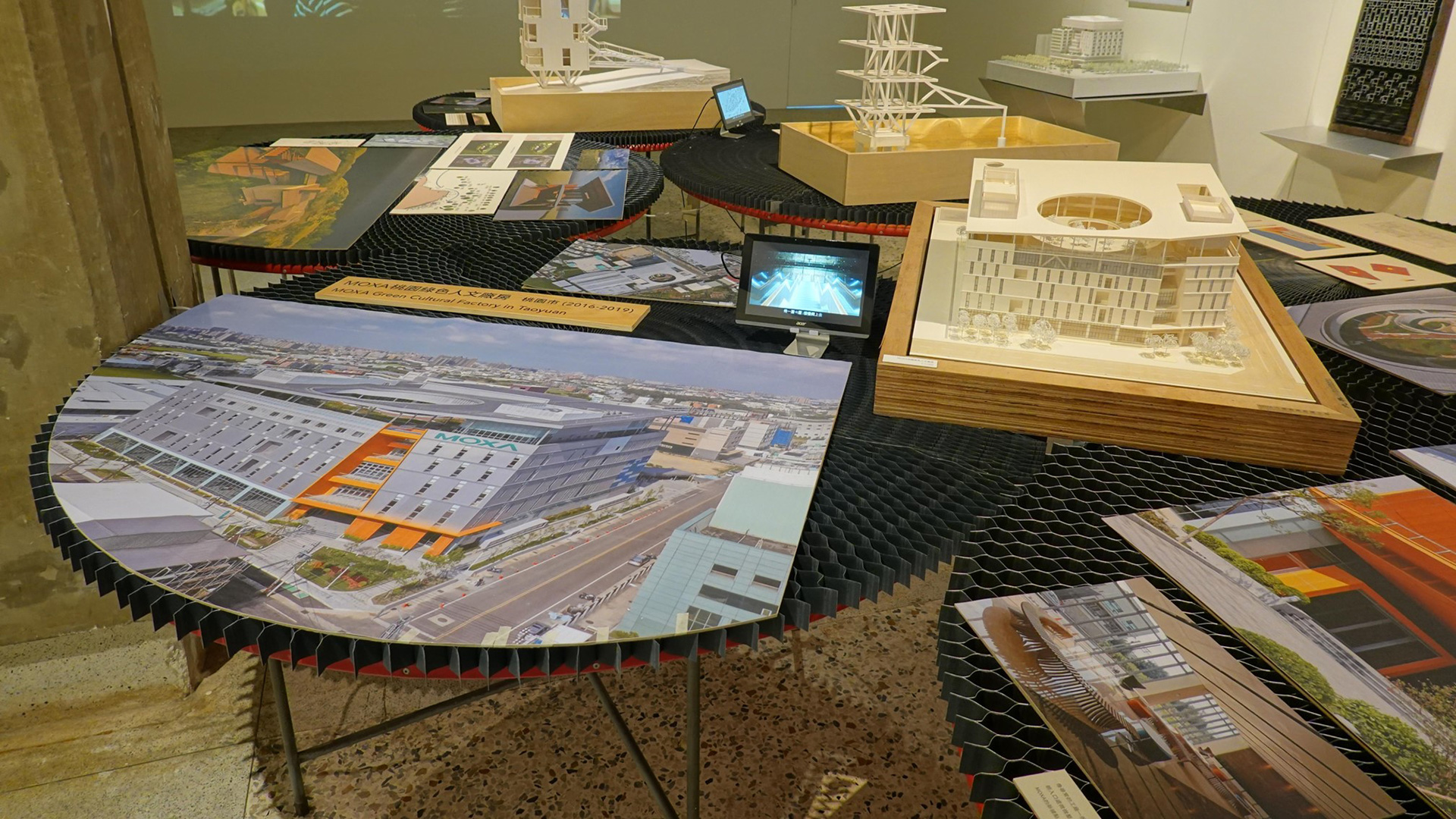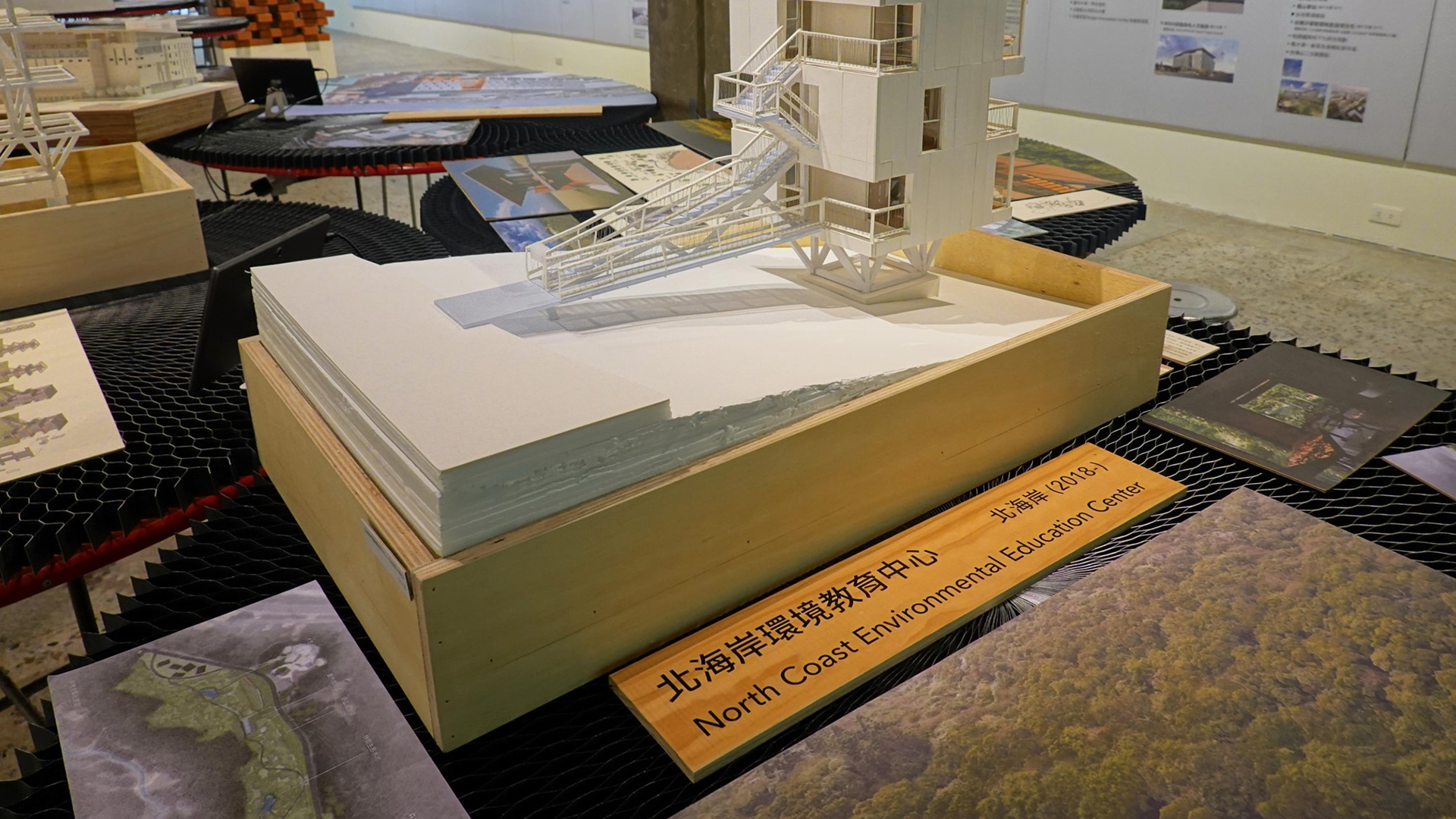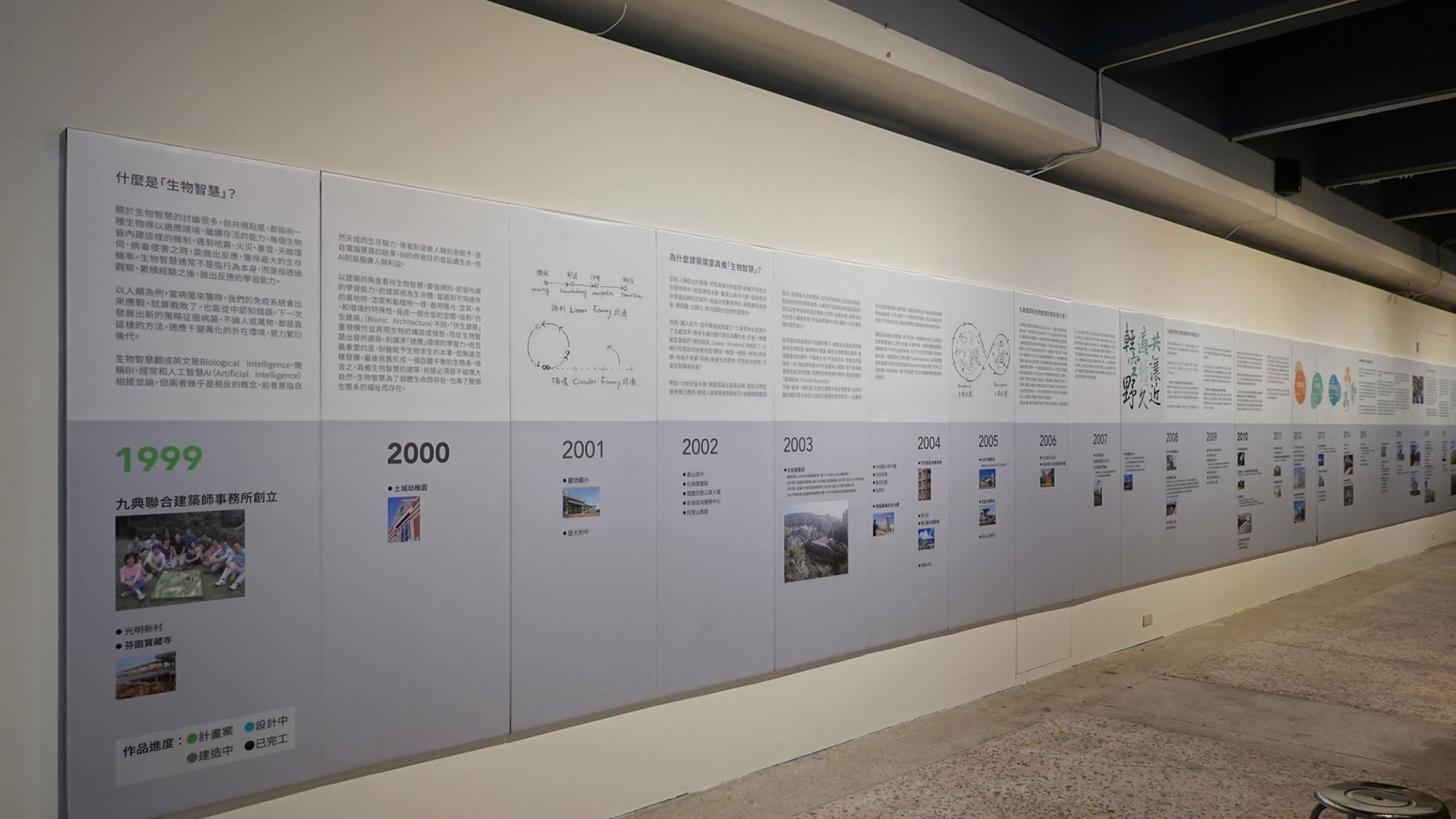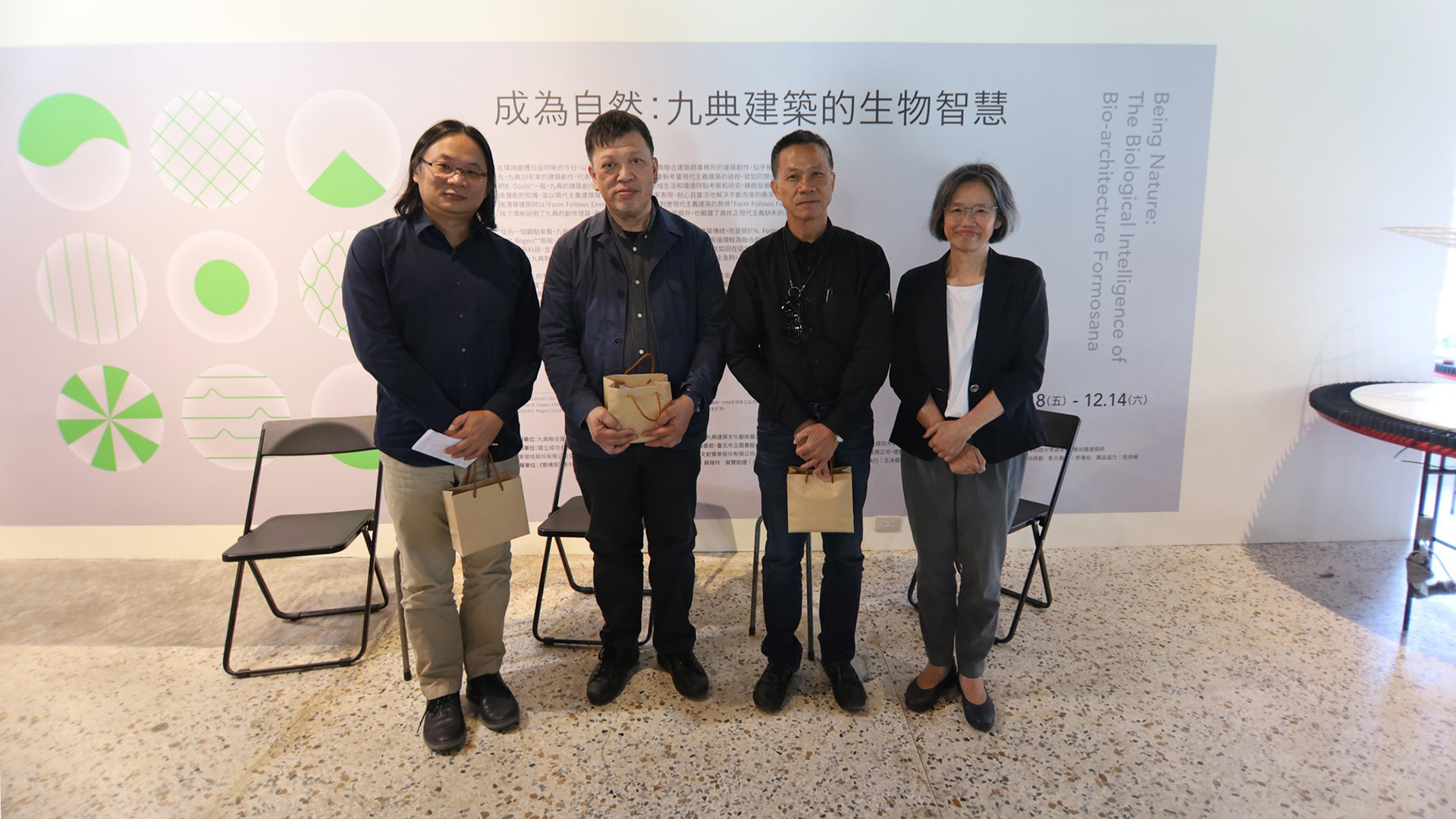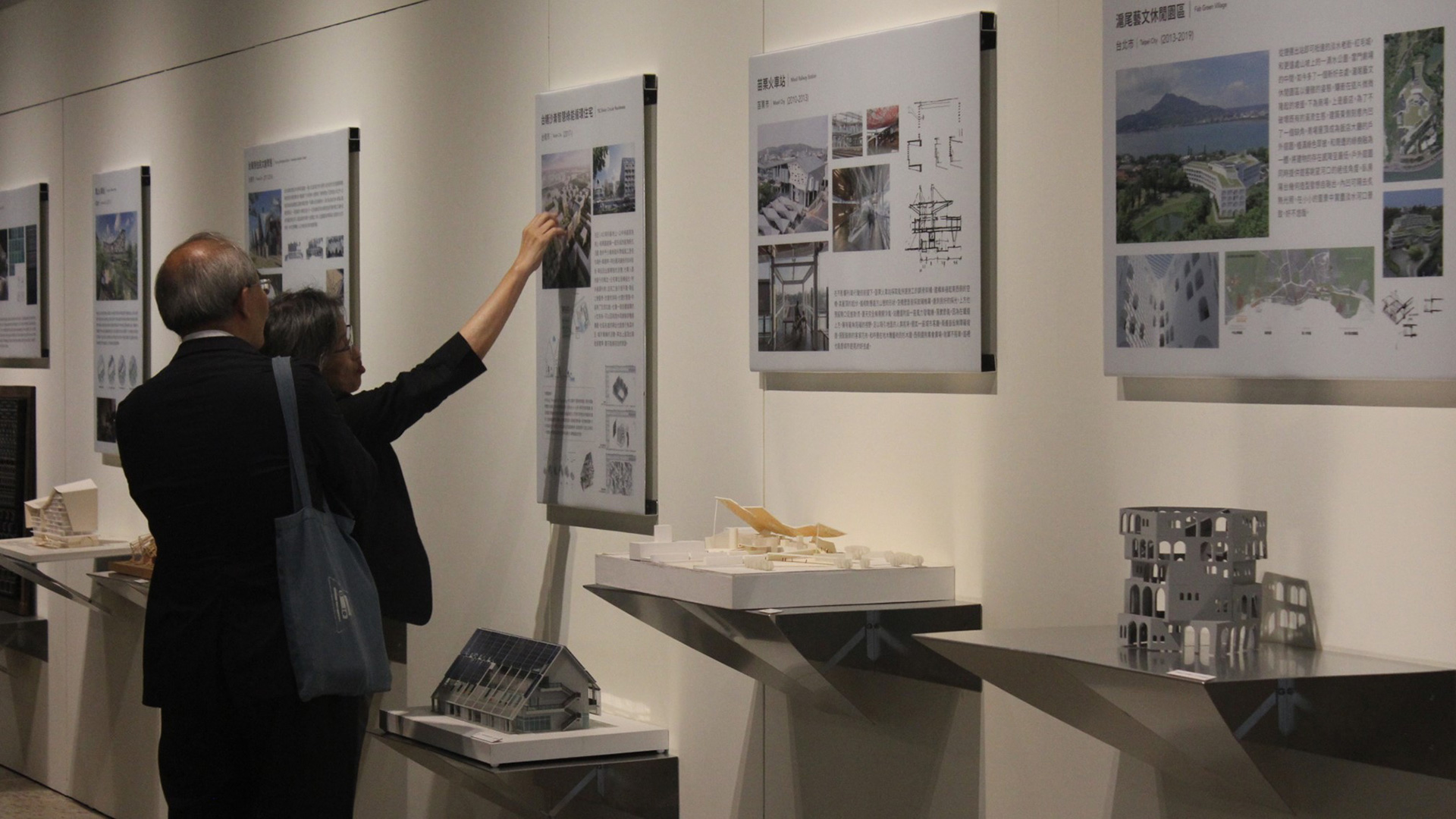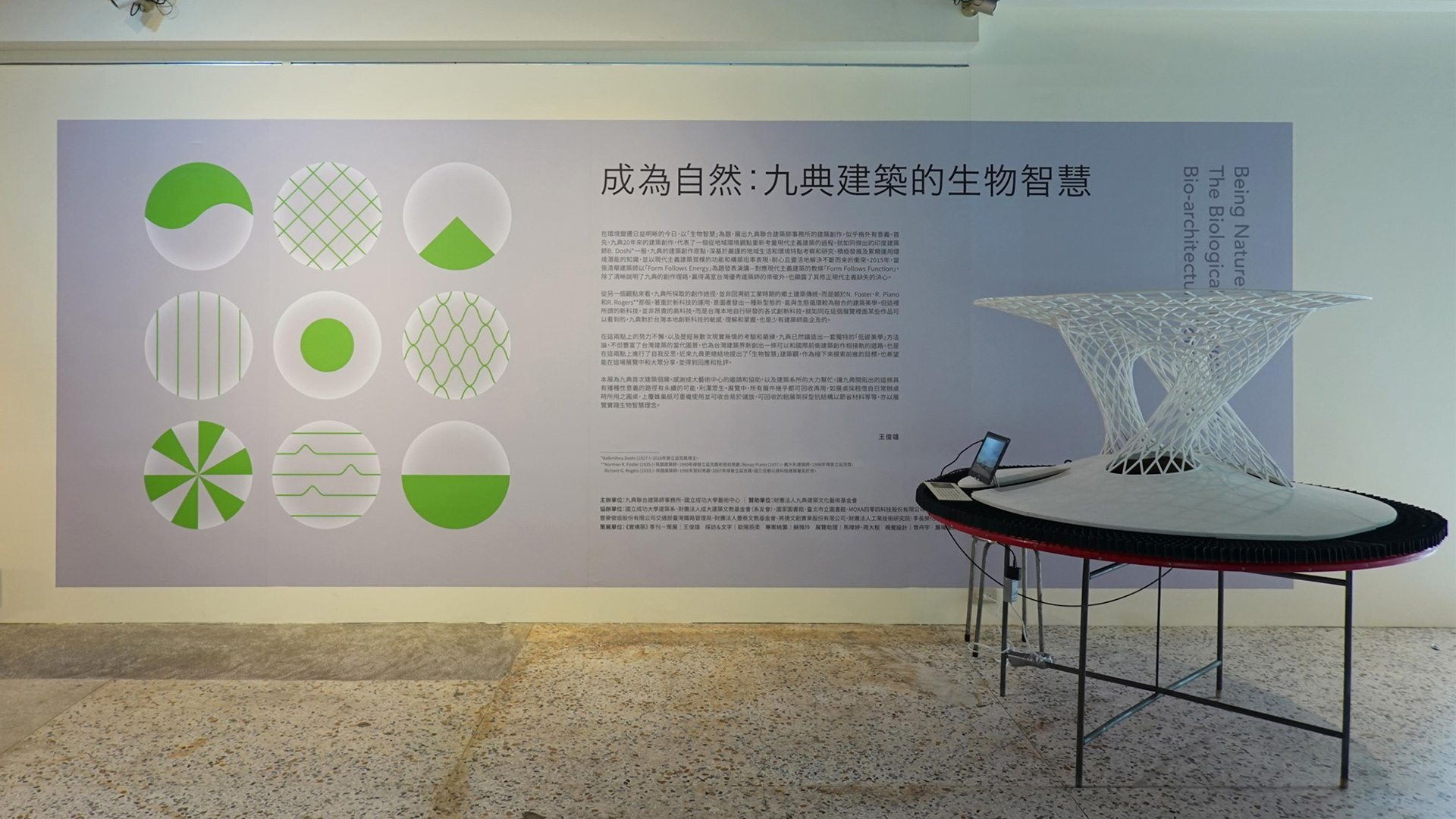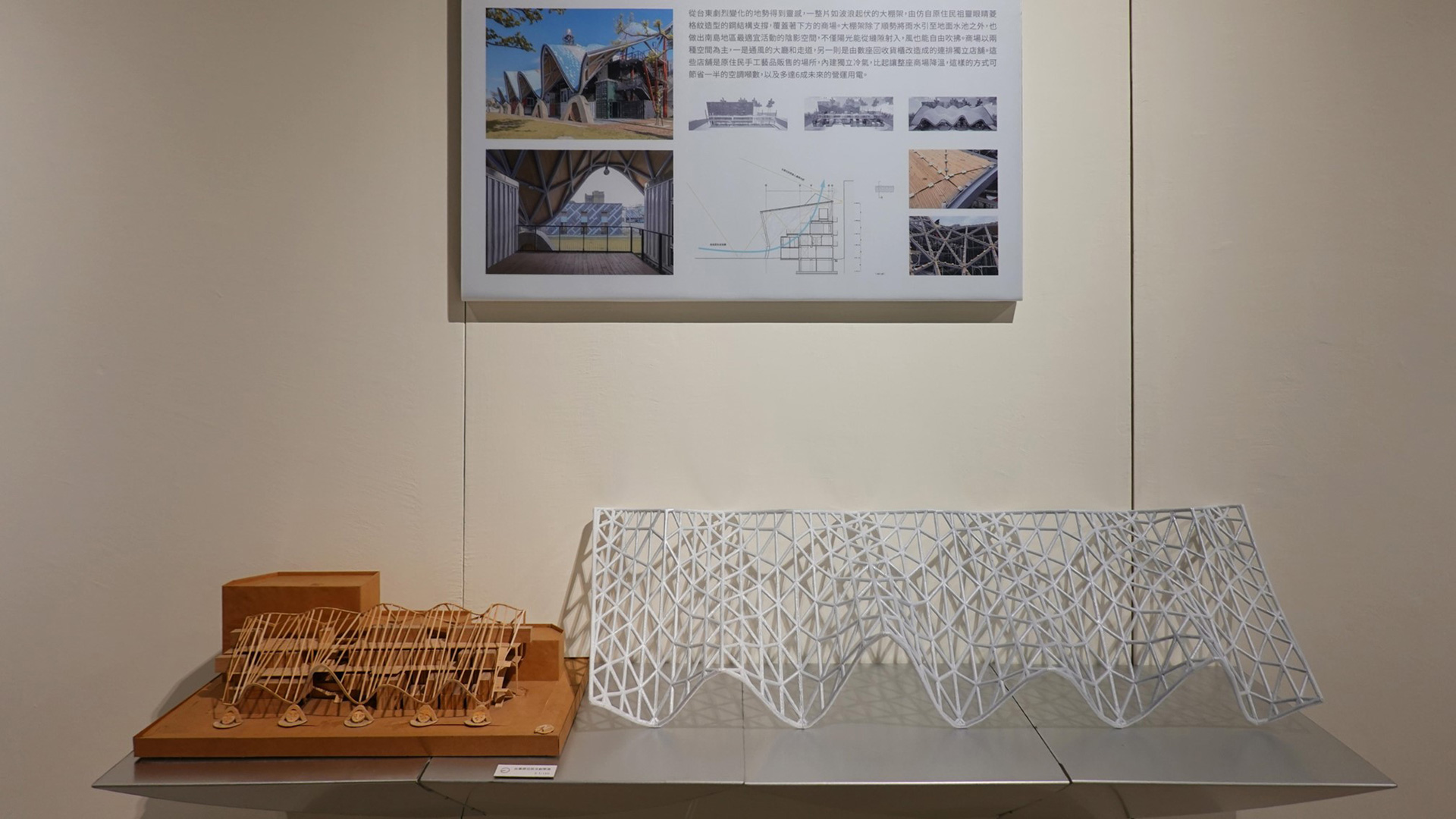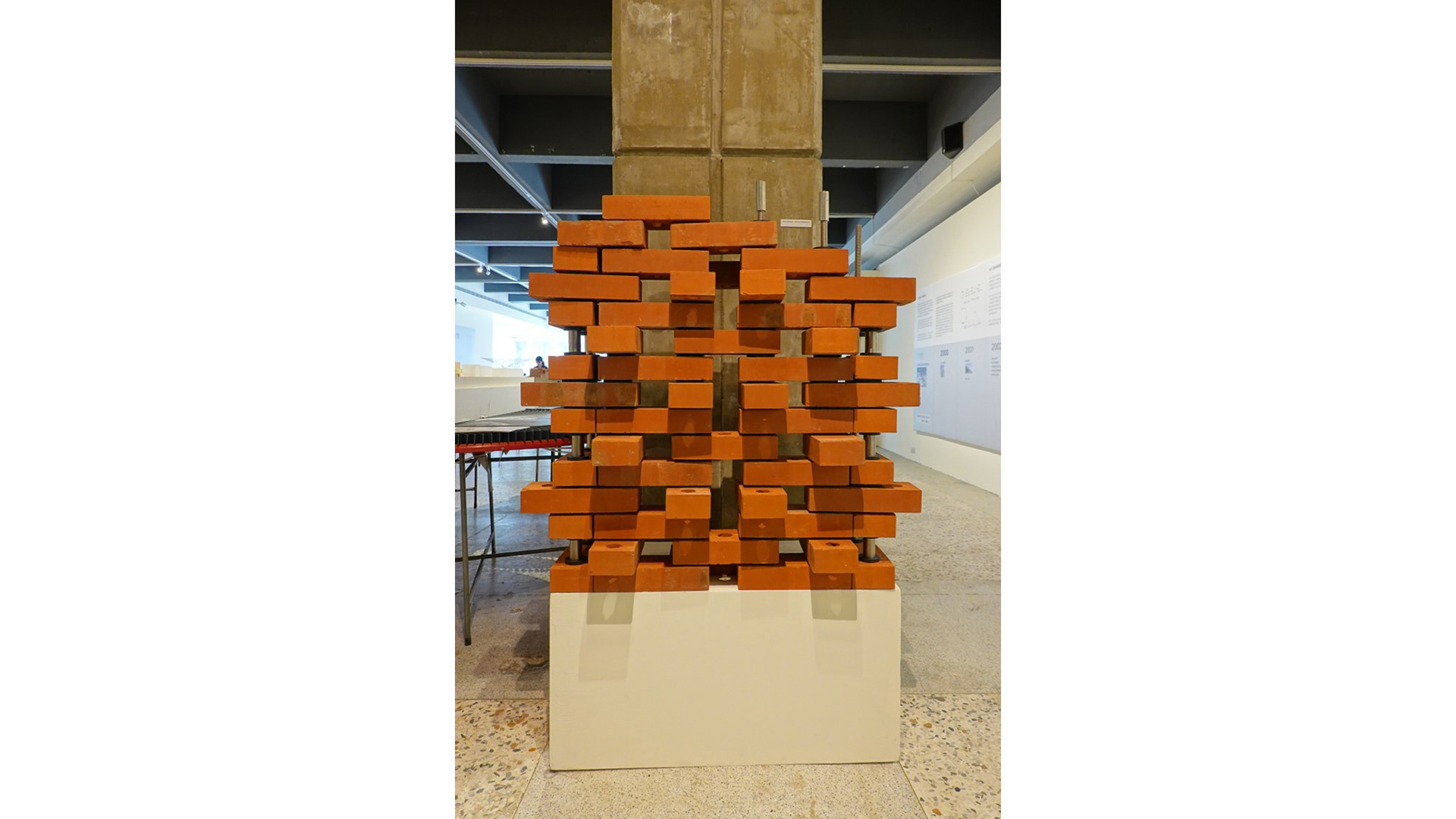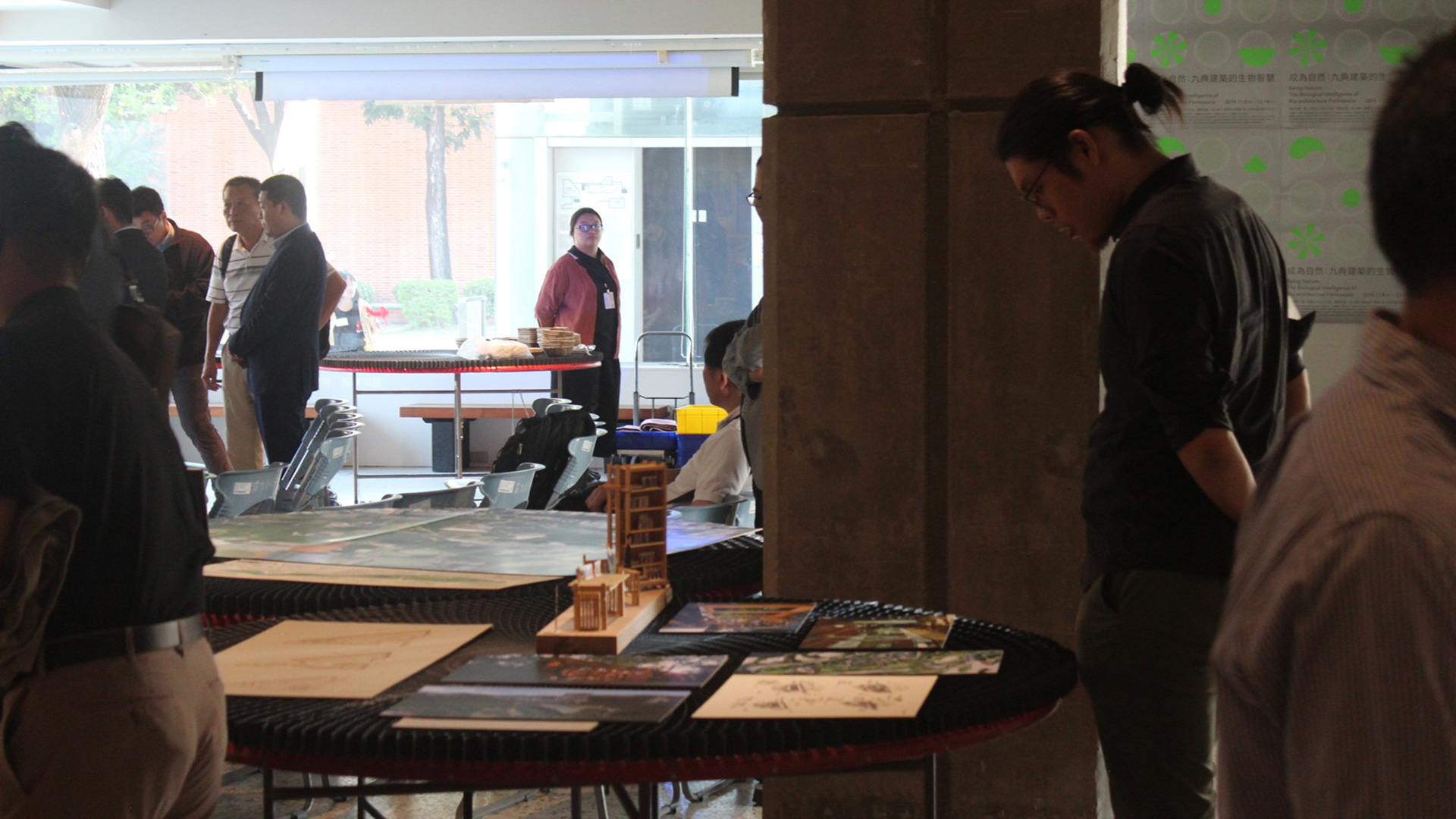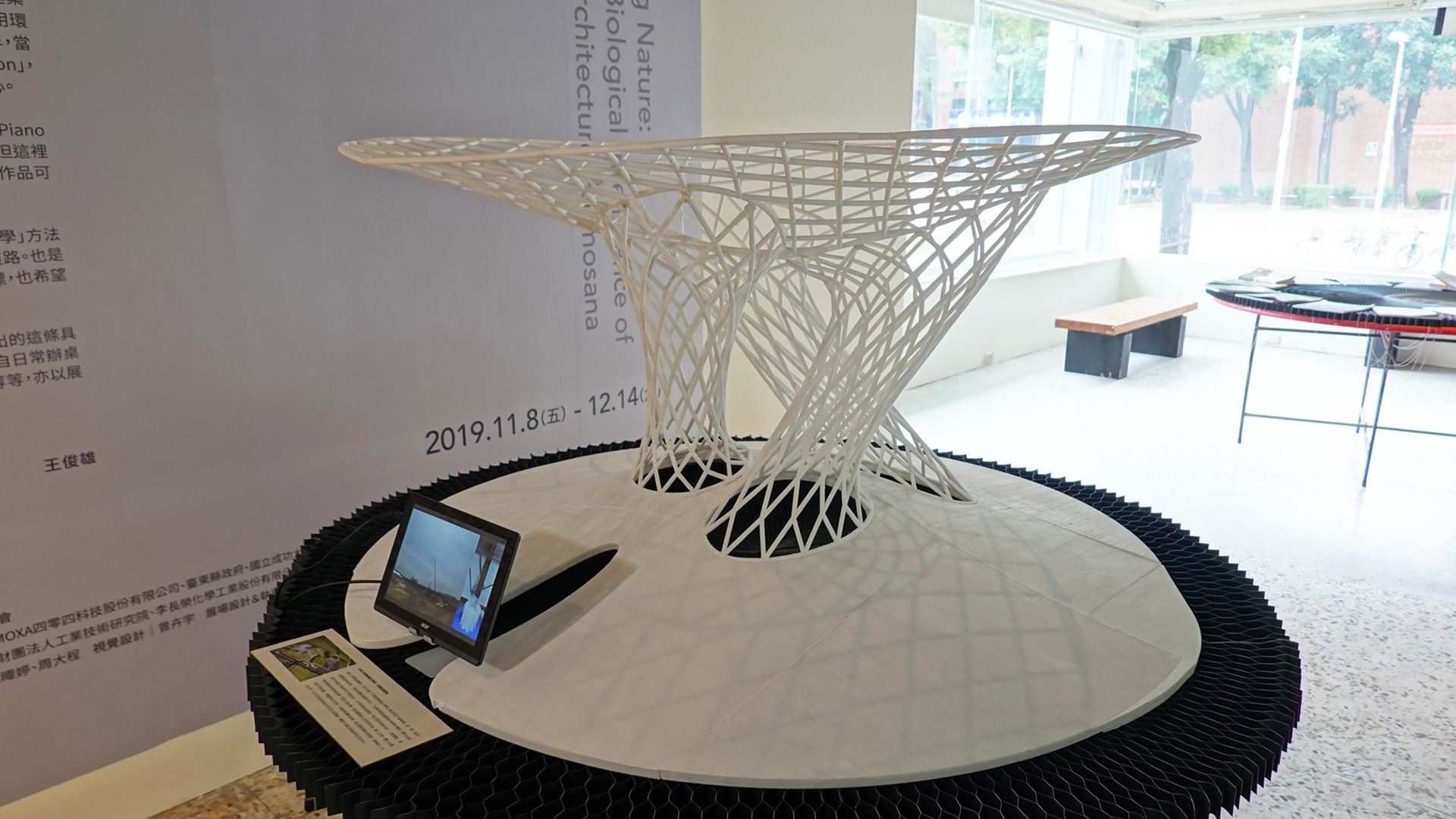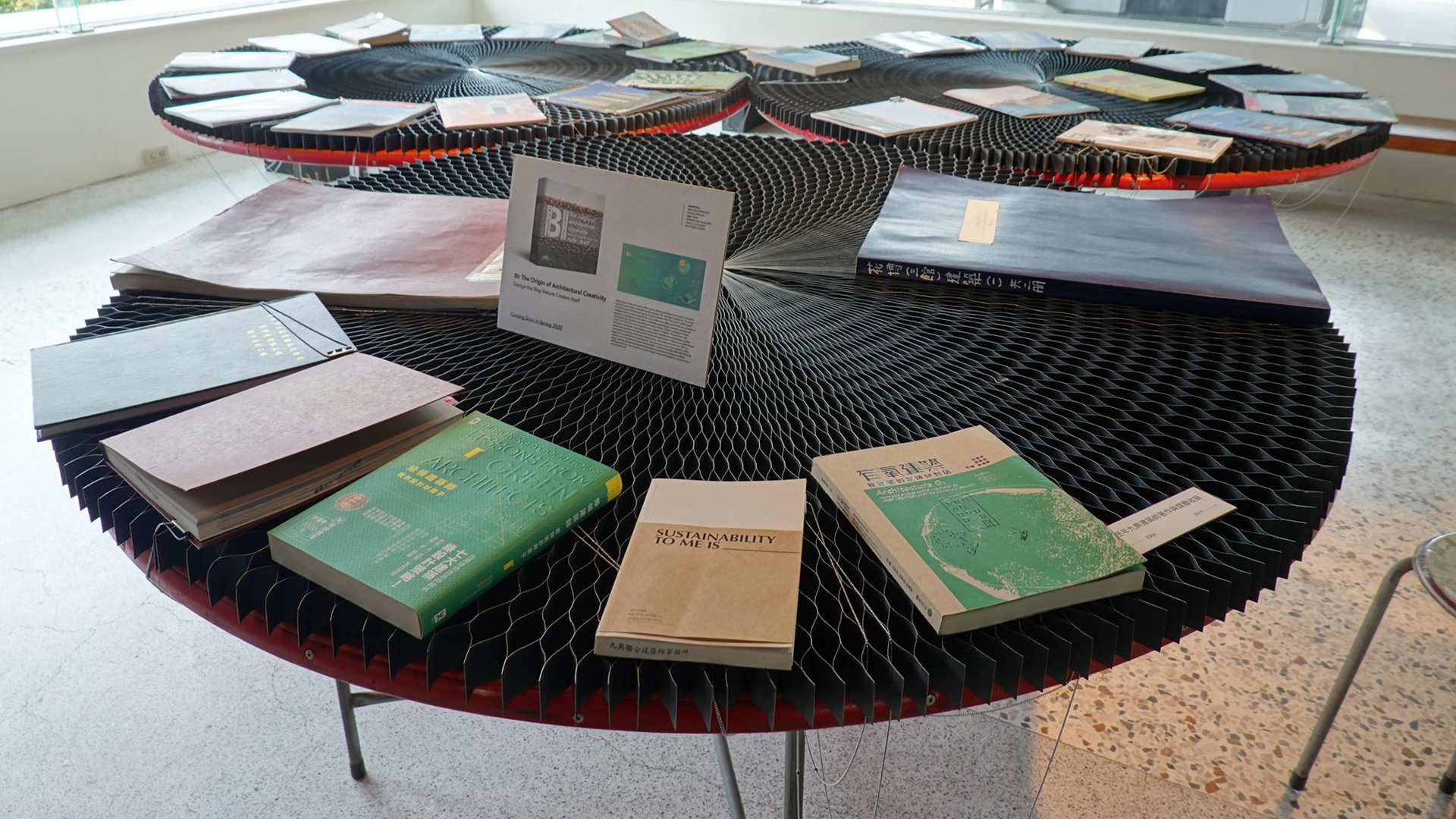As the impact of climate change becomes more and more lucid. it seems especially meaningful to stage an exhibition showcasing the work of Bio-architecture Formosana on the theme of “biological intelligence”
To begin with, the architectural practice of BaF over the last 20 years represents a rethinking of modernism through the lens of regional and environmental perspectives. Like the brilliant Indian architect Balkrishna Doshi, BaF’s practice originates from a solid foundation of rigorous research and reconnaissance of the local lifestyle and environmental characteristics. In addition to actively develop, accumulate and apply knowledge leveraging environmental potential, they also patiently and agilely resolve the never-ending conflicts in architectural problems through the modest functional approach and frank tectonic expression of modernism. In 2015, BaF co-founder Ching-Hwa Chang presented a talk entitled “Form Follows Energy”, which reflects on the modernist doctrine of “form follows function”. Aside from winning over the admiration of all the fine Taiwanese architects in the audience with her articulation of the firm’s creative philosophy, she also demonstrated their determination to rectify the shortcomings of modernism.
Looking from another perspective, the creative path BaF has adopted is not about tracing back the pre-industrial age traditions of vernacular architecture, Rather, they emphasize the utilization of new technology and strive to develop a new typology and a set of architectural aesthetics that are in better harmony with natural ecological cycles, not unlike the approaches taken by Norman Foster, Renzo Piano and Richard Rogers. However, the “new technology” they look to is innovations researched and developed locally in Taiwan rather than ones that come with a steep price tag. Some of the projects presented in this exhibition also show BaF’s unparalleled sensitivity, understanding and mastery of local Taiwanese innovations.
In their tenacious insistence on the above two principles and honing through countless experience of the hardship and tests brought on by brutal realities, BaF has molded an idiosyncratic methodology for “low-carbon aesthetics” that has both enriched Taiwan’s contemporary architectural landscape and blazed a trail to align Taiwan’s architectural community with progressive work in the international arena. Upon self-reflection of these two principles, they have recently advanced “biological intelligence” as the overarching theme of their next explorative mission. They also seek to share this conception with the public through this exhibition and solicit feedback and critique.
This is BaF’s very first solo exhibition. Special thanks is owed to the invitation and support of National Cheng Kung University Art Center and the tireless effort of NCKU Department of Architecture for making it possible to extend this edifying road that BaF has paved for the public good. Almost every element of this exhibition may be recycled and reused, the event itself exemplifying the theories of biological intelligence. For instance, round tables used in Taiwanese local alfresco banquets were rented as display stands; paper honeycomb that can be repeatedly used and easily folded and stored is used as table covers; and shaped aluminum components that may be recycled are used to construct the display framework to save material. Chun-Hsiung Wang Chief Editor, Architecture + Tectonics Taiwan (curating organization)
